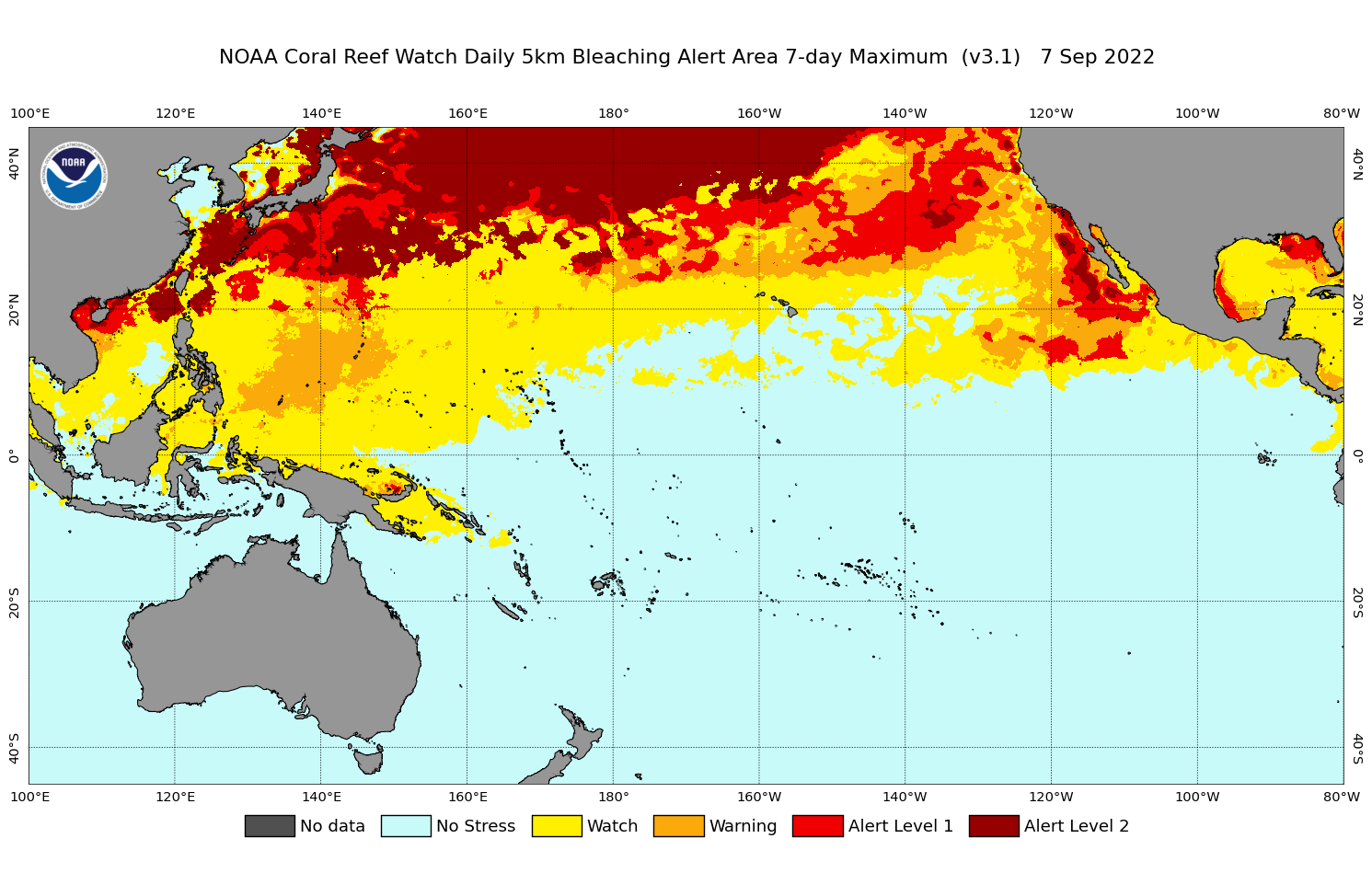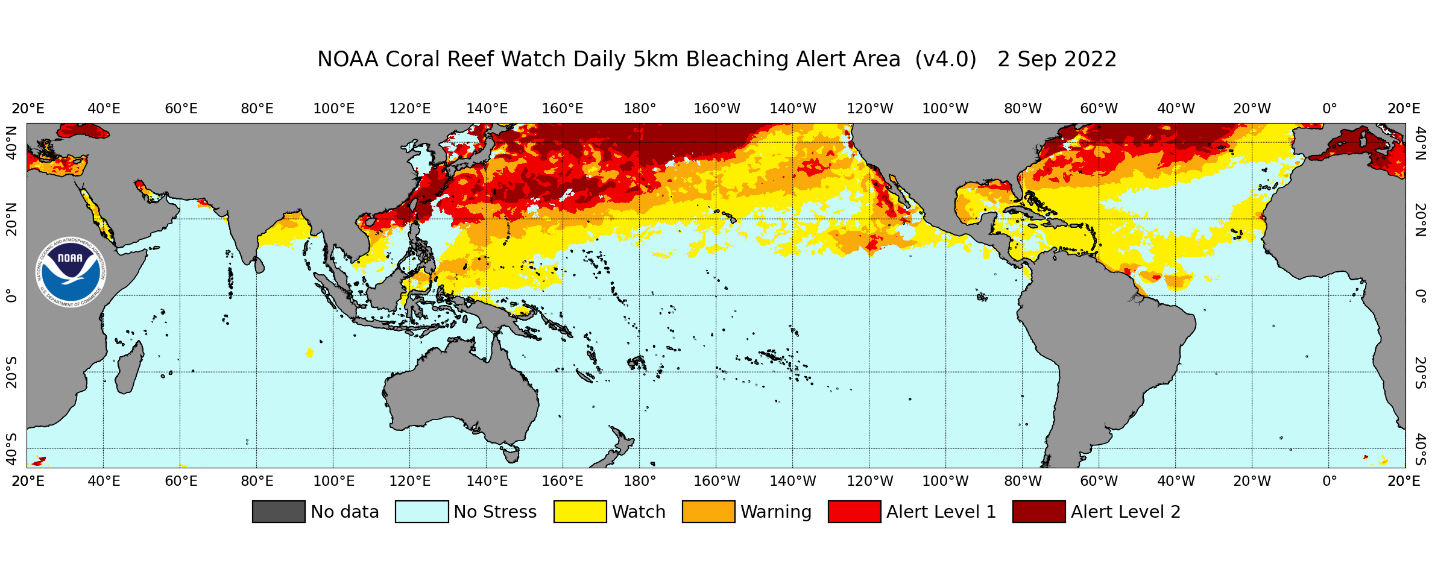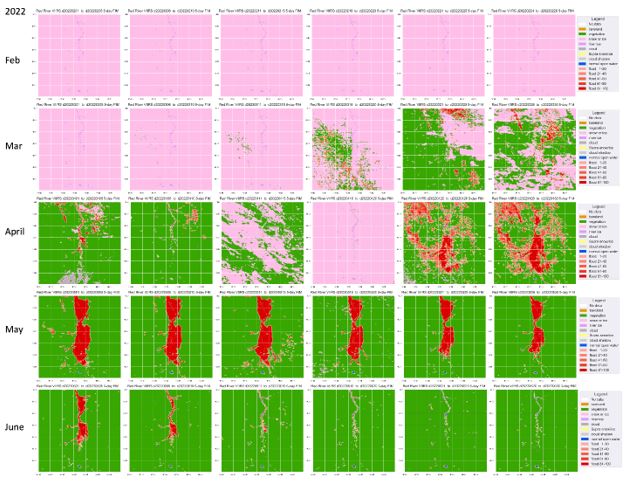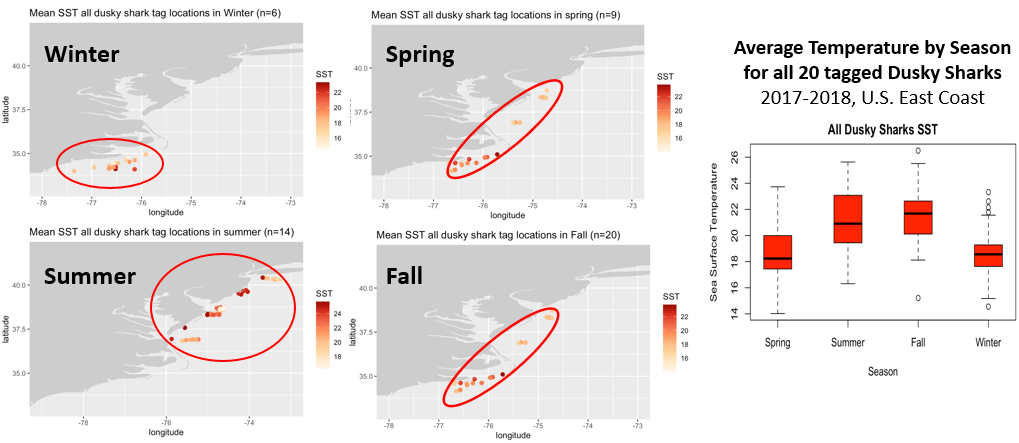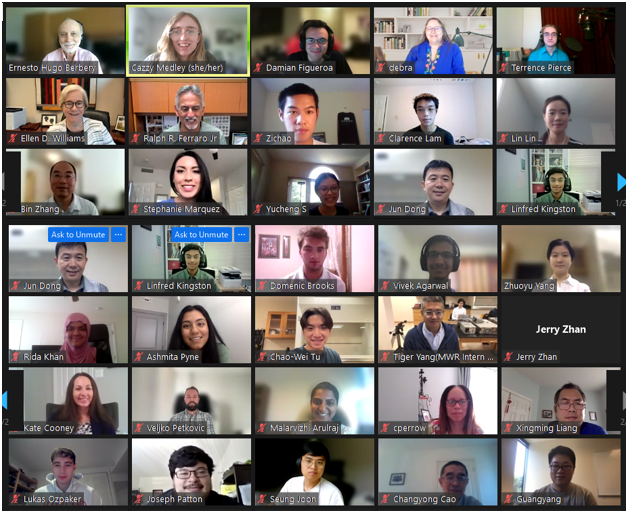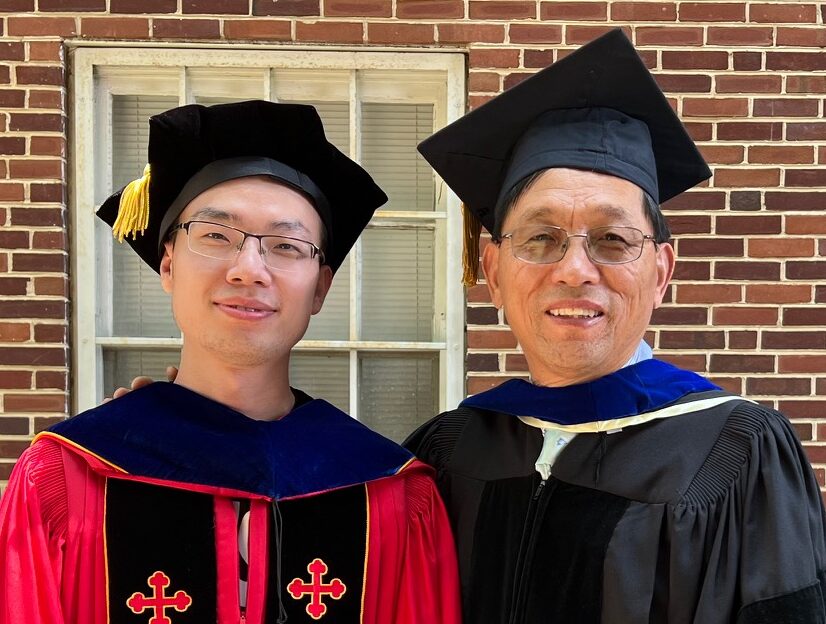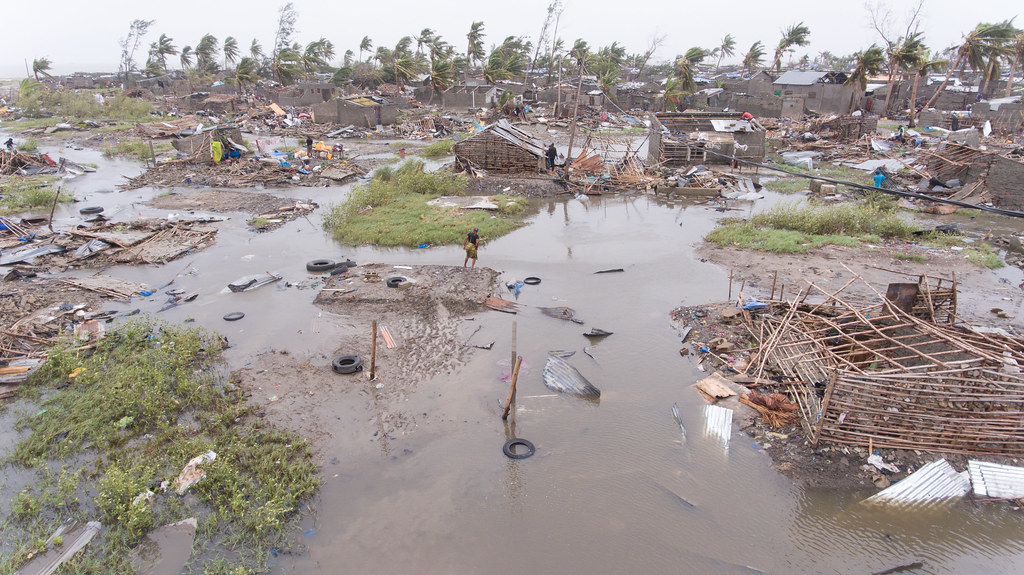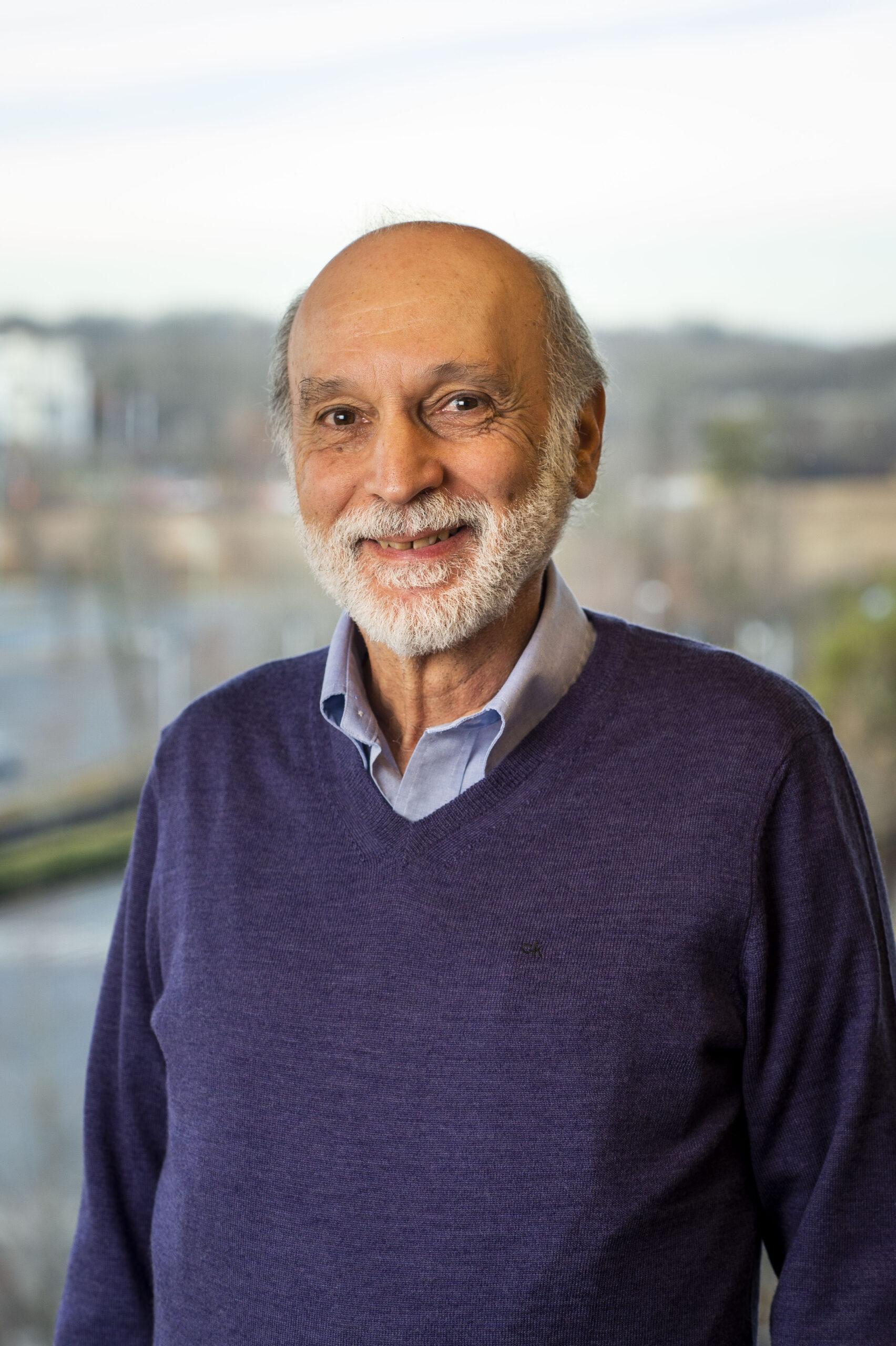
Abecassis and Vogel Win NESDIS Collaboration Awards
ESSIC/CISESS Scientists Melanie Abecassis and Ronal Vogel received the NESDIS Collaboration Awards for their contributions as part of a team who created new and upgraded existing content exploiting multimedia, and pivoted the CoastWatch Satellite Course to a virtual environment, hosting educational content on CANVAS at UMD/CISESS.

